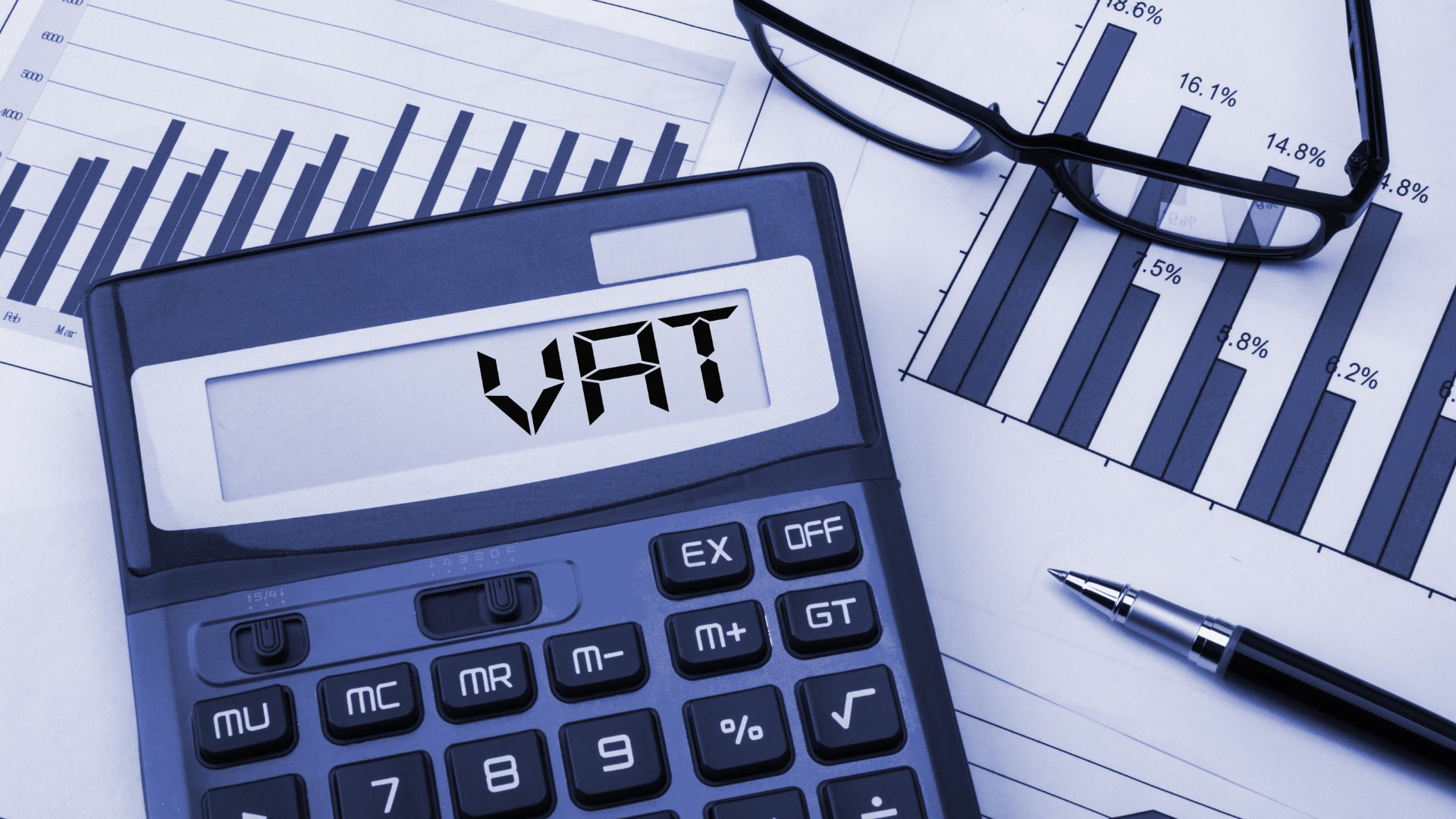Value Tax on Added Value is a crucial element of transactions in the financial sector in the United Kingdom. Knowing how to submit a VAT return is crucial for any company who are VAT registered with HMRC. In this comprehensive guide, we’ll unravel the intricacies of VAT returns and provide crucial information about the process, and making sure that companies can navigate the financial environment with confidence.

What exactly is VAT? Why does it matter?
VAT, also known as Value Added Tax is a form of consumption tax which is charged on the sale of products and services. If your company is VAT registered and you need to account for VAT on the sale of your services or products. It’s about collecting VAT from your customers, then remitting it to HMRC and providing them with an invoice or receipt informing them of the VAT that they have included in their sales. You’ll also receive an invoice for VAT when you purchase a good. This will display the total amount of VAT part of your transaction. Keep accurate records to be able to claim the VAT refund from HMRC.
Tax Returns: The Basics
Making sure that you file VAT returns regularly with HMRC is among the most essential obligations companies that are VAT registered have to meet. The VAT report provides a summation of purchase and sales over certain time. Businesses may use it to report the VAT that they collected from their customers, and that they paid themselves. This is usually reported according to a quarterly basis. For more information, click VAT Return Guide
How to file a VAT return: A Step-by-Step guide
1. Understand Your VAT Period Before you begin the filing process, it’s essential to know the VAT period. In the UK the majority of businesses file quarterly VAT returns. It is important to ensure that you have an knowledge of the beginning and end dates for your VAT period.
2. Gather Purchase and Sales information Take note of all pertinent information regarding your purchases and sales throughout the VAT timeframe. These include invoices for sales made to customers as well as invoices for purchases from suppliers.
3. Calculate Output Tax: Output tax is the amount of VAT you’ve charged your customers on sales. Calculate your total output tax by incorporating the VAT of all sales in the VAT period.
4. Determine Input Tax: Input tax is the amount of VAT you’ve paid on your purchases. Add up every VAT that you paid on your purchases over the period of VAT to calculate the total tax you paid on your input.
5. Fill out the VAT Return Form With the information gathered, you can complete the VAT return form provided by HMRC. This form usually has sections on your total purchase, sales output tax, as well as input tax.
6. HMRC must receive the VAT return before the deadline set. HMRC offers Making Tax Digital, a service that allows you to submit tax returns online.
Common Errors to Avoid
To be sure you don’t incur penalties, not make your VAT returns late after the deadline. Your business could suffer financial losses for filing late.
Inaccurate Information: Double-check all the data you enter in your VAT return to ensure accuracy. False figures or errors in calculation can cause differences with HMRC.
Inability to Reclaim Eligible input Tax: Businesses are able to reclaim VAT for eligible purchases. Be aware of the input tax you are entitled to be able to reclaim. This could affect the amount of VAT you owe.
Also, read our conclusion.
Knowing the various VAT returns is an essential aspect of managing financials for businesses operating in the UK. Understanding how to submit VAT returns, knowing the intricacies of VAT returns and utilizing a thorough VAT guide is vital to maintaining financial compliance and efficient operation of your business.
Businesses must prepare VAT returns with a degree of precision and attention to detail. Being aware of the process, avoiding mistakes and using the resources available will assist businesses in reducing their VAT requirements. This can help to ensure financial stability and compliance with the regulations. If you’re a seasoned business owner or new to VAT, being proactive and informed about VAT returns will ensure a strong financial foundation for your company.